Heute stelle ich vor, mit welchem Equipment ich meine fotografische Arbeit erledige. Wie jeder Schreiner genau weiß, welches Werkzeug er braucht, um einen Schreibtisch zu fertigen, habe ich mein Arbeitsgerät, das ich auf der Straße und im Alltag einsetze.
Ich bin immer wieder dankbar, wenn Fotografen verraten, womit sie fotografieren. Nein, nicht diejenigen, die sagen, dass man jetzt die oder die Kamera braucht. Ich meine Künstler, die ich um ihren kreativen Output beneide; Menschen, die eine fotografische Vorbildfunktion für mich haben.
Und um das ewige „Die Technik ist egal“-Paradigma ein wenig bluten zu lassen: Ohne Kamera geht’s halt auch nicht. Mit einer Lochkamera kann ich fotografieren, klar. Die Frage ist nur, ob ich damit das erreichen kann, was ich will und ob sie zu meiner Arbeitsweise passt.
Und das ist für mich auch das Wichtigste: Wie erreiche ich das, was ich will? Allein dieser Maxime dient die Technik. Deshalb möchte ich gleich voran stellen, dass ich mich mit der Straßenfotografie identifiziere, dieses Genre zu bedienen versuche, jedoch auch meine Zeit mit Freunden und Familie kontinuierlich dokumentiere.
Wo meine Wurzeln sind
Nachdem die „erste“ 2005 ausgedient hatte, war mir nach einer richtigen Kamera. Ja ja, richtig, ich weiß. Jedoch sahen diese schwarzen, klobigen Dinger vielversprechend aus.
So ging ich mit Canon EOS 350D auf Landschaften los und bald darauf folgte die EOS 30D, die irgendwann nicht mehr richtig auslösen wollte und so kaufte ich die Canon EOS 5D Mark II*. Mittleweile fotografierte ich auch Hochzeiten und wollte Paare sowie Ameisendisko in der schwach beleuchteten Kirche festhalten.
Bezogen auf Objektive war ich noch nie ein Telemensch. Landschaften fotografierte ich am liebsten mit einem Superweitwinkel* und Hochzeiten mit der 50 mm f/1.4er Festbrennweite*.
Was ich bis vor Kurzem benutzt habe
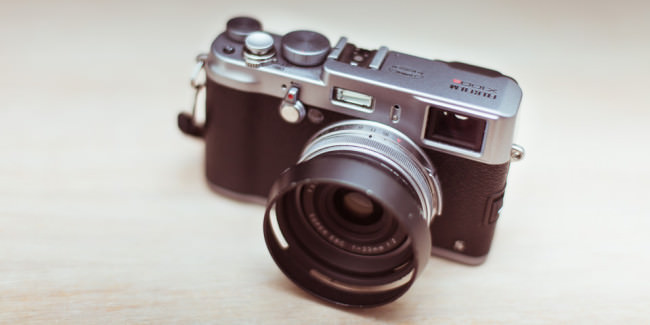
Nachdem ich meinen Wechsel zur Straßenfotografie vollzogen und mich von Landschaft- und Hochzeitsfotografie langsam verabschiedet hatte, fotografierte ich ein Jahr lang nur mit dem iPhone auf der Straße.
Danach hatte ich Lust auf eine typische Straßenkamera und fing an, mich mit der Fuji X100s* anzufreunden. Sie ist superleicht, hochwertig produziert und so leise, dass ich phasenweise einen elektrischen Ton einstellte, um den Klick mitzubekommen.
Da ich gern im Hintergrund arbeite, war die Fuji also perfekt. Die Bildqualität des Sensors ist so gut, dass sie mir – auch abends – keine Wünsche offen ließ.
Zusätzlich probierte ich mich an diversen Blitzsystemen aus, da der Wunsch nach mehr BÄMM immer größer wurde. Also kaufte ich mir den dazugehörigen Blitz*, ein Blitzkabel (TTL brauchte und wollte ich nicht) und blitzte mal entfesstelt, mal nicht.
Später schloss ich auch meine stärkeren Canon Speedlites an, dennoch benötigte ich – durch meine kurze Distanz zu den Leuten – auf der Straße gar nicht so viel Blitzkraft, sondern eher einen breiten Streuradius. Zwischenzeitlich fotografierte ich mit den Yungnuos* auch mit zwei Blitzen, was mir nach zwei Wochen irgendwann auf den Zeiger ging, aber dennoch eine sehr gute Option für selbstgestaltetes Licht auf der Straße war.
Womit ich aktuell arbeite

Anfang Juni fragte Katja im Redaktions-Chat: „Kennt Ihr jemanden, der ’ne Canon AE-1* mit 3 Objektiven sucht und mir abkaufen würde?“
Ich bejahte das und wurde um ein paar Euronen leichter. Der Gedanke gefiel mir und so lief ich erst einmal zum DM und kaufte mir den billigsten Film, den ich finden konnte. Kollegin Wessely hatte mir dies empfohlen.
Nachdem ich zwei Filme geschrottet hatte (ja, verdammt), knipste ich erst einmal drauflos und entdeckte somit die Fotografie von einer ganz anderen Seite. Ich würde nicht sagen, dass ich nie wieder digital fotografiere, aber aktuell bin ich voll im Fieber. Das Umsteigen war leichter als gedacht und ich komme auf der Straße bisweilen sehr gut klar.
Da die meisten Analogkameras sehr günstig sind, habe ich meine Ausrüstung um eine sehr schicke, schwarze Canon A-1 und das FD 28 mm ƒ/2.8* erweitert, da ich mich mit Brennweiten unter 35 mm am wohlsten fühle. Insbesondere auf der Straße mag ich es, nah ran zu gehen und diese Nähe zur Person wird auch auf den Bildern deutlich.
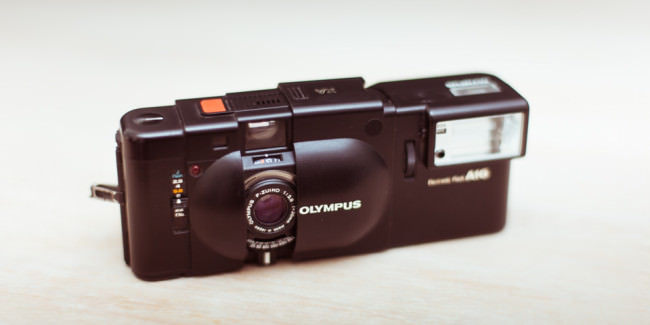
Desweiteren schaute ich mich etwas um, welche Kamera unter Straßenkollegen gern benutzt wird und stolperte über die Olypmus XA*, die ob ihrer Größe sehr, sehr unscheinbar aussieht und eine präzise Bildleistung hat.
Die XA ist klein, passt in meine Hosentasche und kann (auch mit angeschlossenem Blitz) hervorragend auf der Straße mithalten. Zudem ist sie wesentlich leiser als die Spiegelreflexkameras. Was manche Leute abschreckt, finde ich toll: Ich stelle nur einmal die Filmempfindlichkeit ein und habe dann nur noch die zwei Regler Blende und Schärfe. Das war’s.
So kann ich mich voll und ganz auf’s Fotografieren konzentrieren und bin nicht ständig mit dem Drücken von Knöpfen beschäftigt. Im Sucher bekomme ich die aktive Belichtunszeit mit einer Tacho-ähnlichen Nadel angezeigt.
Entwicklung
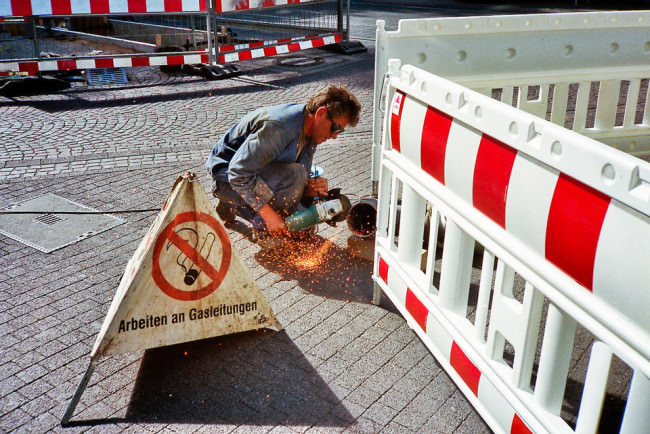
Meine Filme lasse ich aktuell beim DM entwickeln (Farbfilme selbst zu entwickeln, traue ich mir noch nicht zu). Das dauert zwar meist neun Tage und ich muss Abzüge bestellen, jedoch kosten die günstigsten pro Abzug 5 Cent und somit liege ich pro Film bei 2,75 €, was für mich erschwinglich ist.
Zwischenzeitlich ließ ich beim DM einen Film digitalisieren (DM schickt den Kram zu Cewe) und war von der Qualität der Scans nicht negativ überrascht. Jedoch ist die Auflösung der Scans so niedrig, dass ich nicht damit arbeiten wollte.
Nun habe ich habe das Glück, einen Flachbettscanner mit Durchlichteinheit zu besitzen, nämlich das Modell CanoScan 8800F* der Firma (wer hätte es gedacht) Canon.
Mit der beigelieferten Software kann ich relativ gut arbeiten, wobei die nicht das Gelbe vom Ei ist. Falls ich weiter auf diese Weise verfahren werde, komme ich um einen ordentlichen Negativscanner wie den Epson V700* kaum herum, wobei ich mit größeren Investitionen gern langsam mache. Schließlich ist nicht einmal sicher, ob ich für immer auf analog umsteige.
Die Auswahl der einzuscannenden Bilder läuft bei mir wie folgt: Orientiert an den 9×13-Abzügen vom DM markiere ich die zu scannenden Negative und schneide sie aus. Der Leuchttisch meines Kollegen Marc Böttler hilft mir dabei ungemein.
Sobald der Scanvorgang abgeschlossen ist, importiere ich alle Fotos in Lightroom und korrigiere Farben, Lichter und Kontraste (nein, das ist kein Mogeln).
Arbeitsrechner und Software
Seit Anfang 2009 arbeite ich an einem Mac Pro*, den ich damals mit 16 GB Ram bestückt hatte. Dieser ist sehr schnell, leise und zuverlässig. Bisher war er noch nicht einmal in Reparatur.
Wie schon erwähnt, arbeite ich mit Lightroom (5)*, egal, ob die Bilder nun digital oder analog entstehen – wobei die Arbeitszeit an analogen Bildern gefühlt nur 1/10 von dem beansprucht, was ich an digitalen Bildern an Zeit investieren muss.
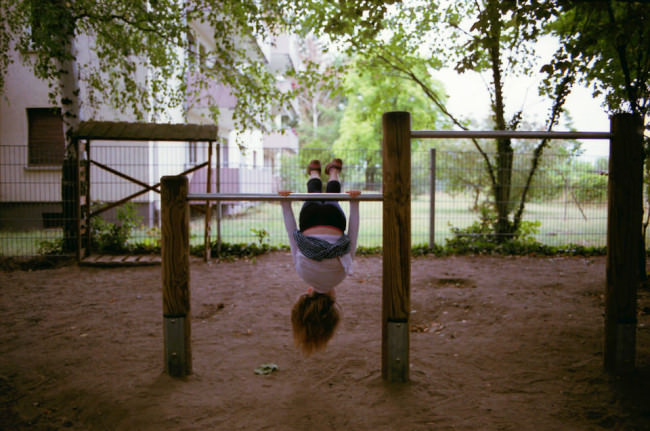
Ich kann dabei nicht genau erklären, warum, aber Filmfotos kommen nach dem Scan schon meist so gut heraus, dass nur noch minimale Eingriffe vonnöten sind. Ich denke, aus diesem Artikel geht gut hervor, ich welcher Phase ich mich aktuell befinde. Ich bin im Umbruch und das nicht nur bezogen auf die Mittel.
Ich denke täglich darüber nach, wie und was ich fotografieren möchte. Die Straßenfotografie bietet mir so viel Raum für unterschiedliche Ansätze, die ich jedoch nicht alle gleichzeitig verfolgen kann, ohne mich im Detail zu verlieren.
So plane ich ein paar Projektarbeiten, die mich nicht nur thematisch fordern, sondern auch meine Kenntnisse der analogen Fotografie vertiefen werden. Ich bin gespannt.
Abschließend hoffe ich, dass mein Artikel dem einen oder anderen Einblick in meine fotografische Welt bieten konnte. Solltet Ihr Fragen haben, einfach per Kommentar stellen. Ich beiße nicht.
* Das ist ein Affiliate-Link zu Amazon. Wenn Ihr darüber etwas bestellt, erhält kwerfeldein eine kleine Provision, Ihr zahlt aber keinen Cent mehr.

kwerfeldein – Fotografie Magazin | Fotocommunity
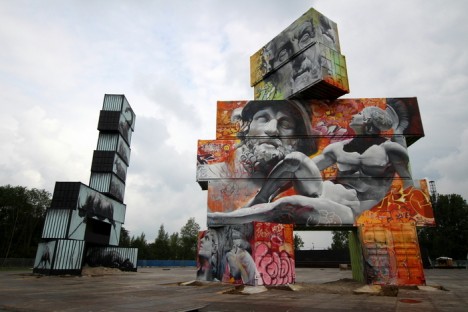
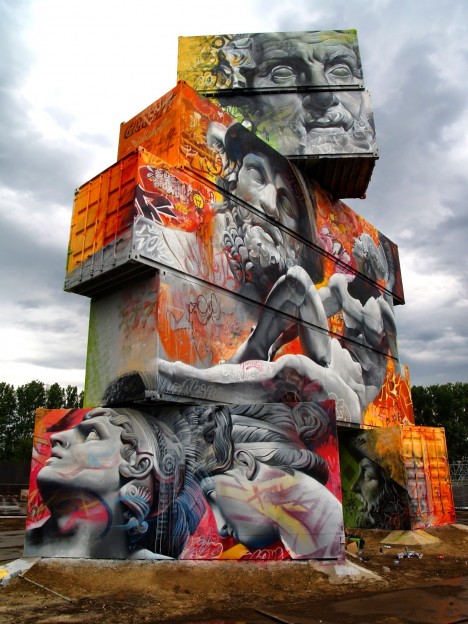
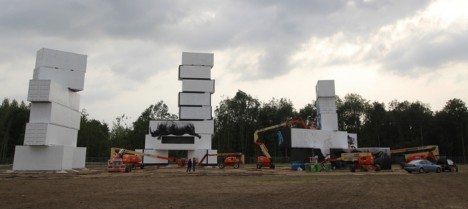
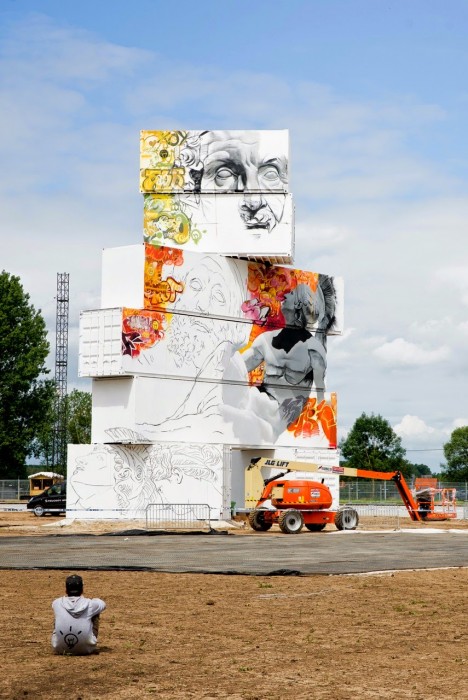
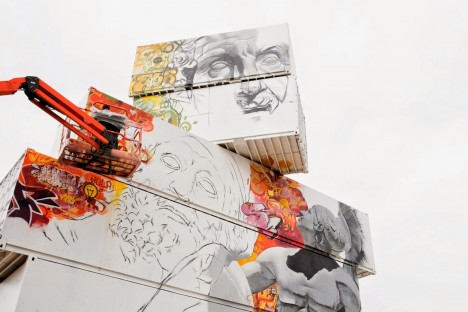
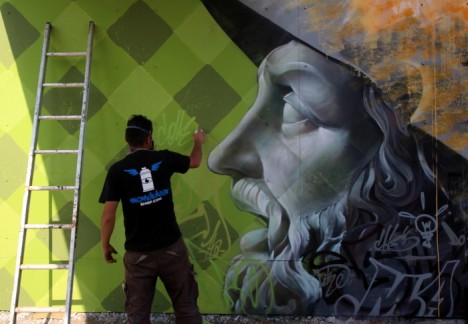
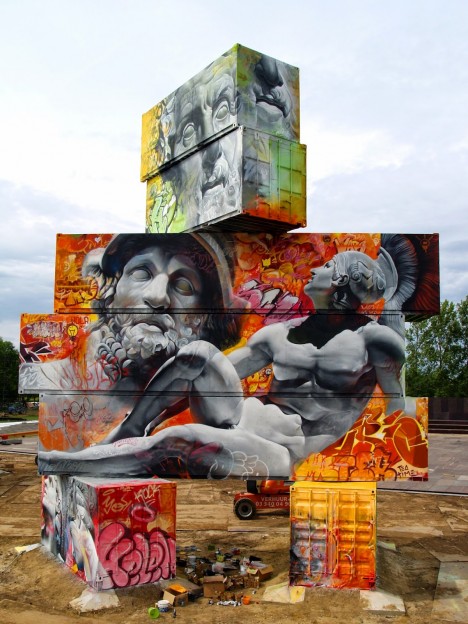
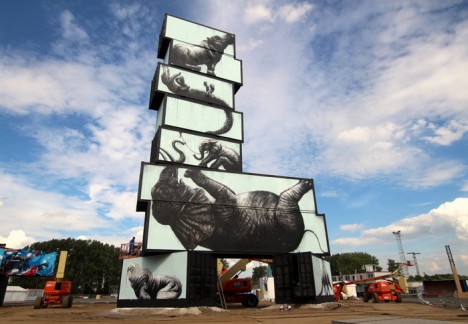
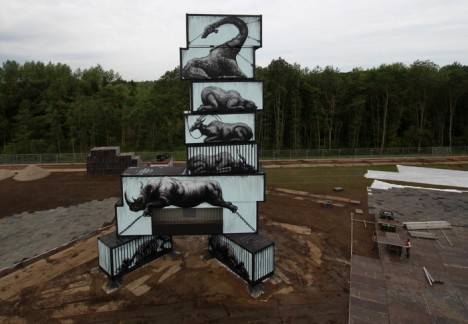
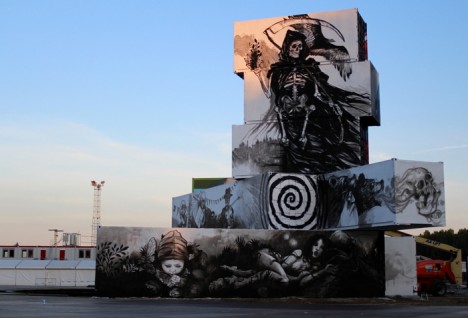
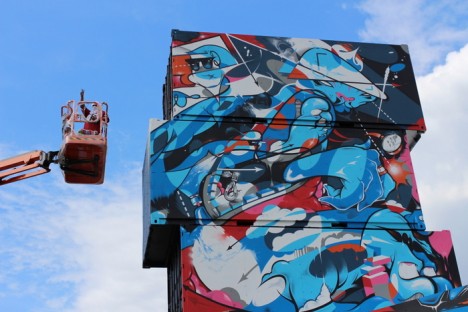
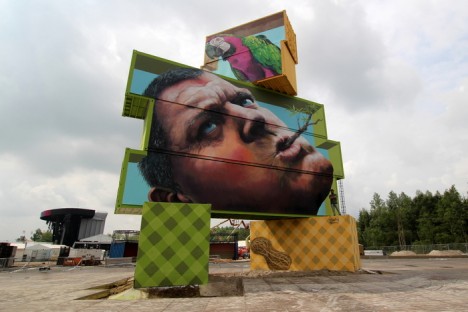




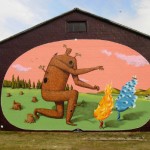

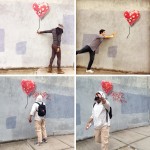
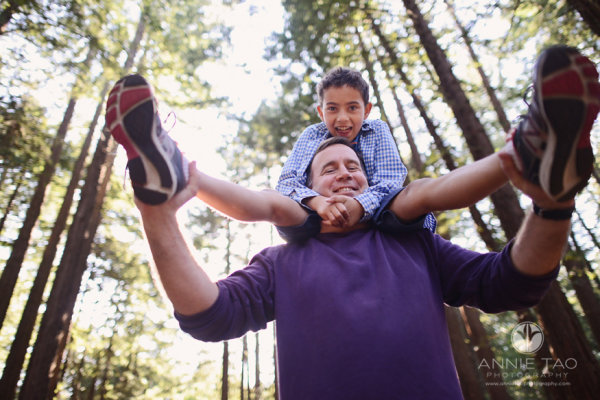

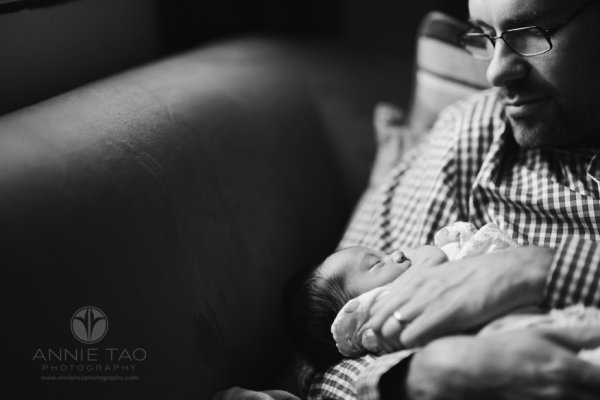
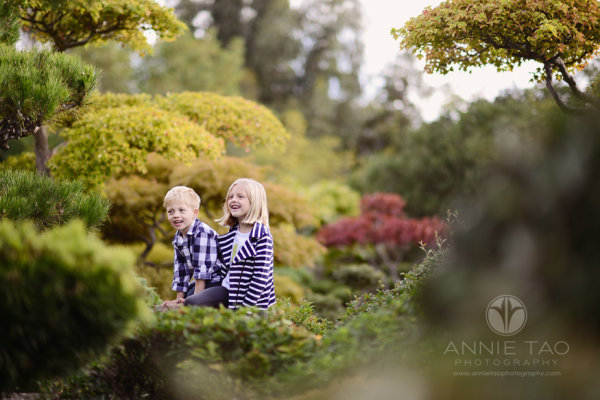
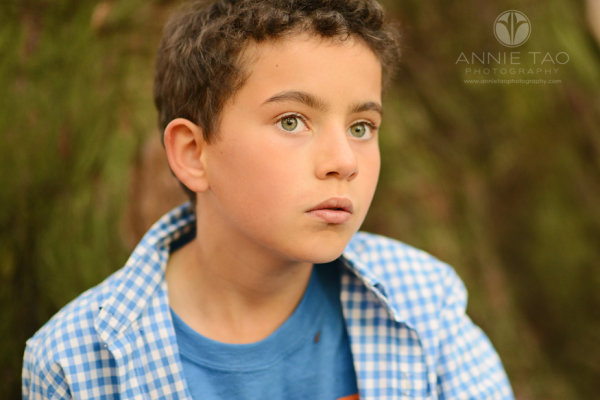
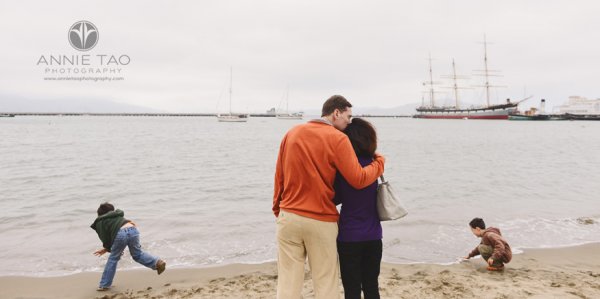
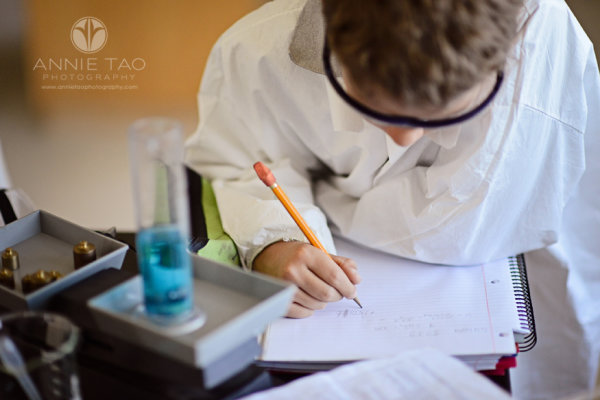
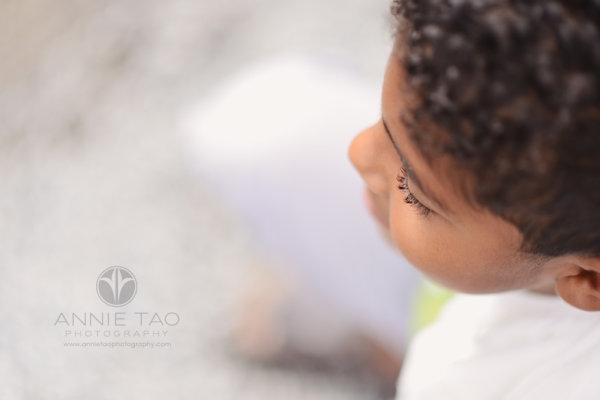
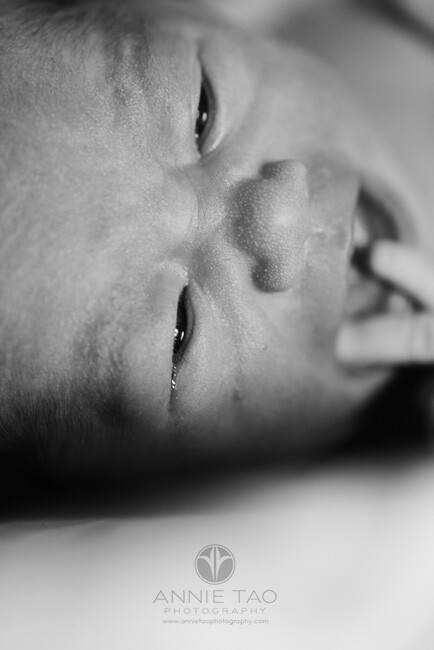
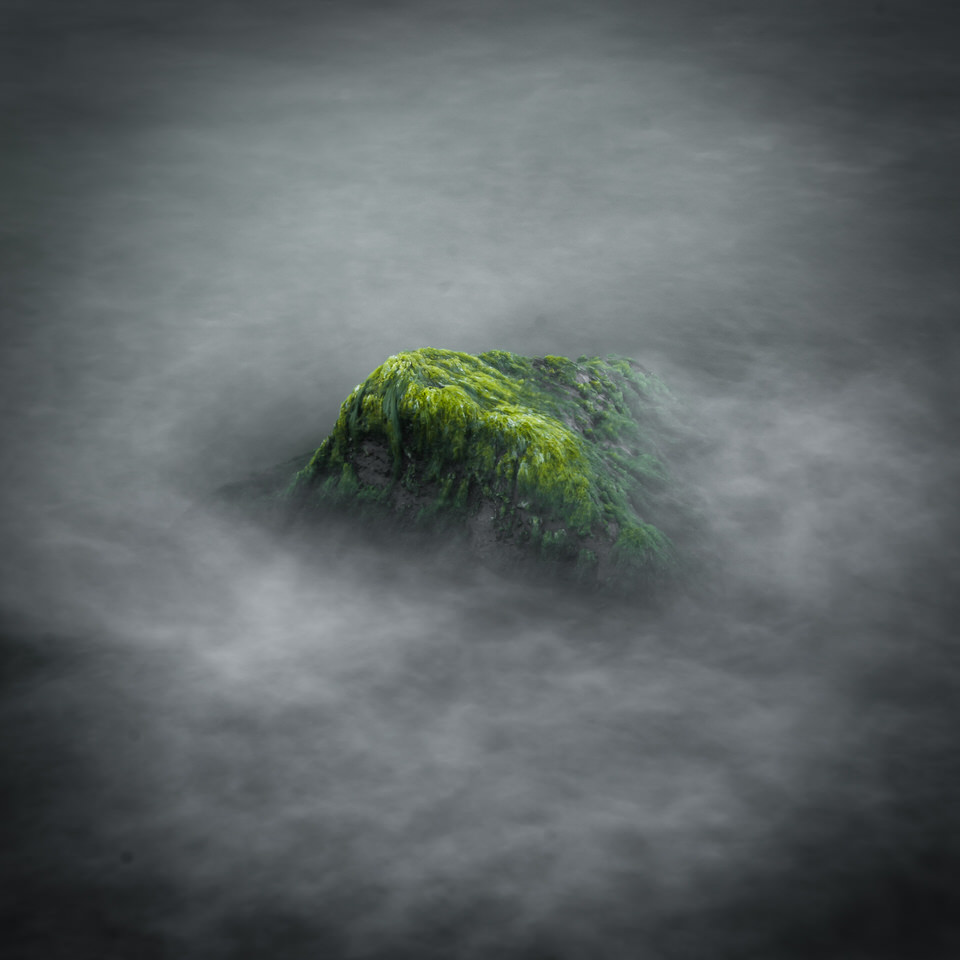





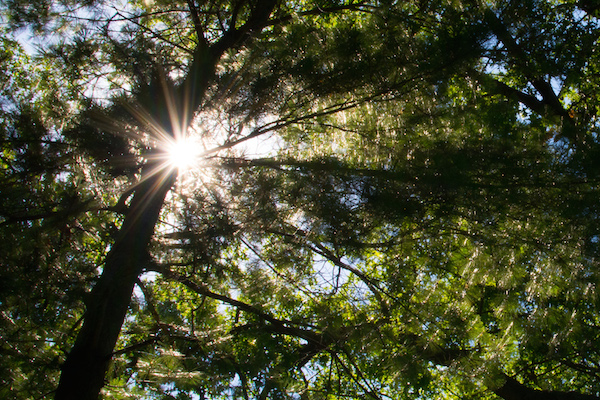
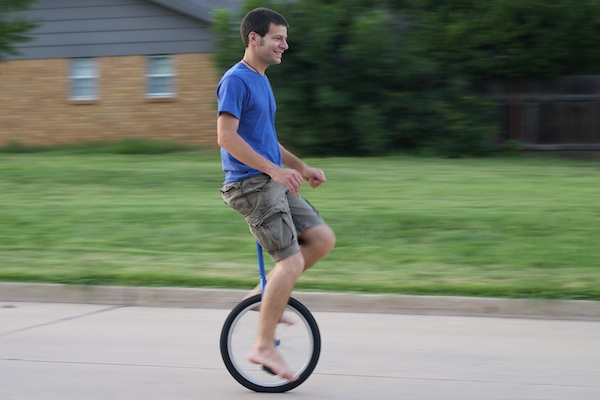

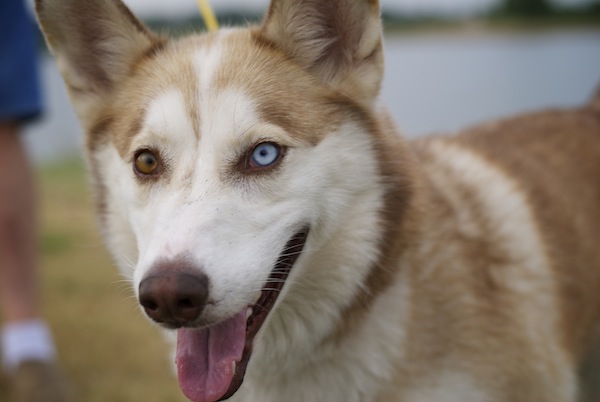

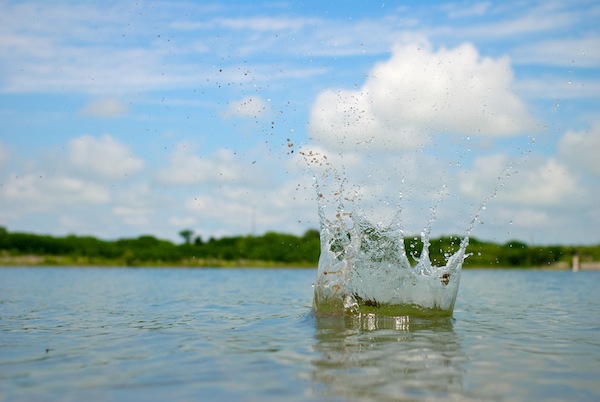
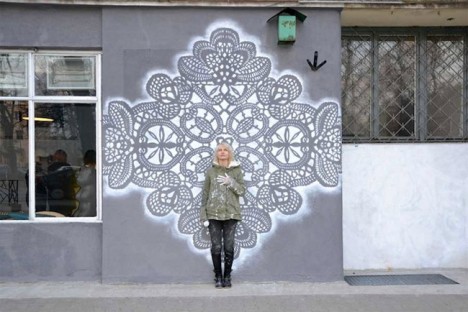
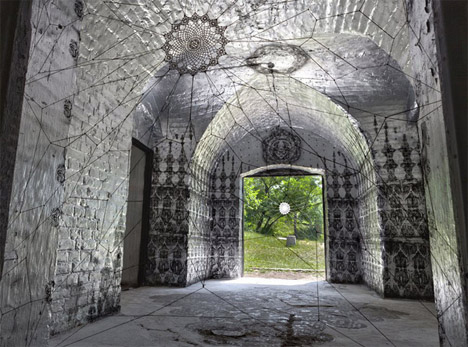
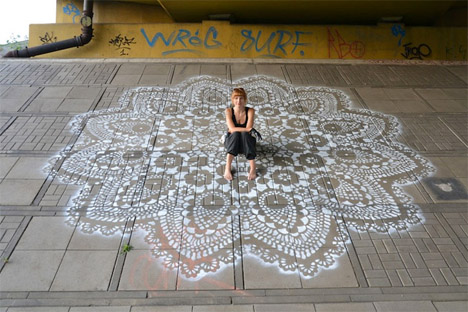
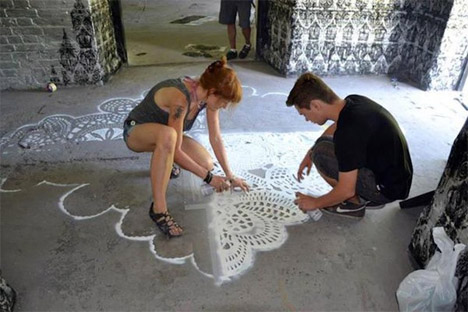
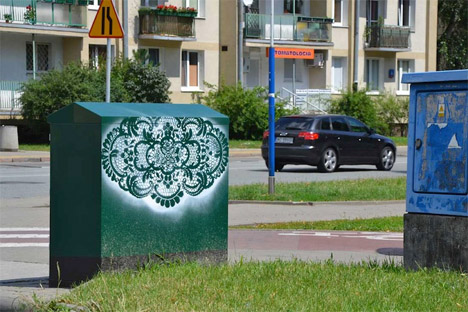
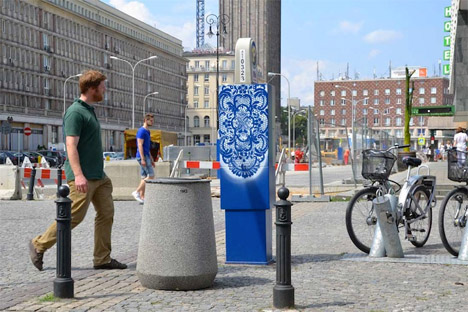
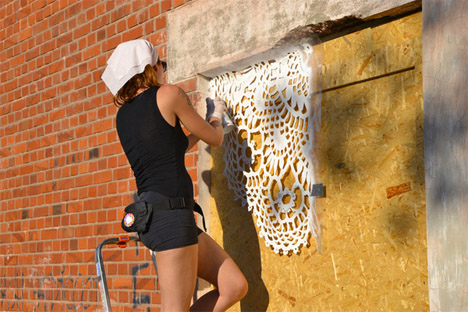
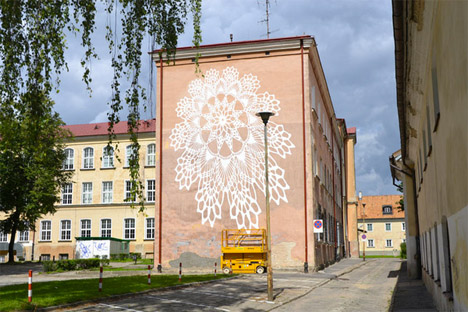
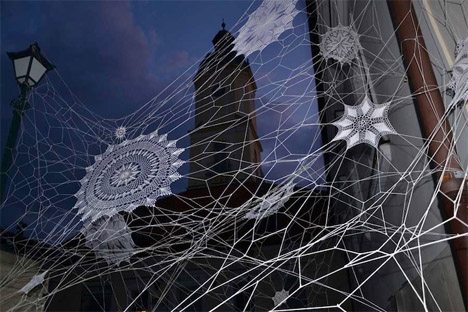
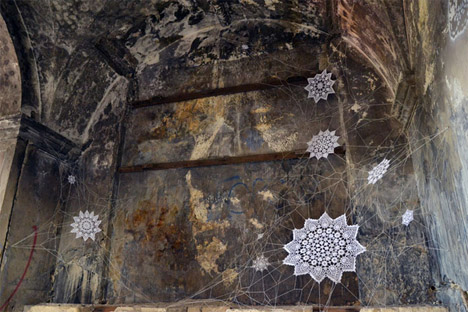
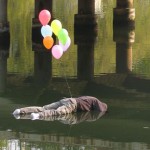

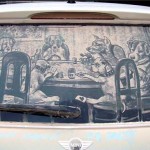
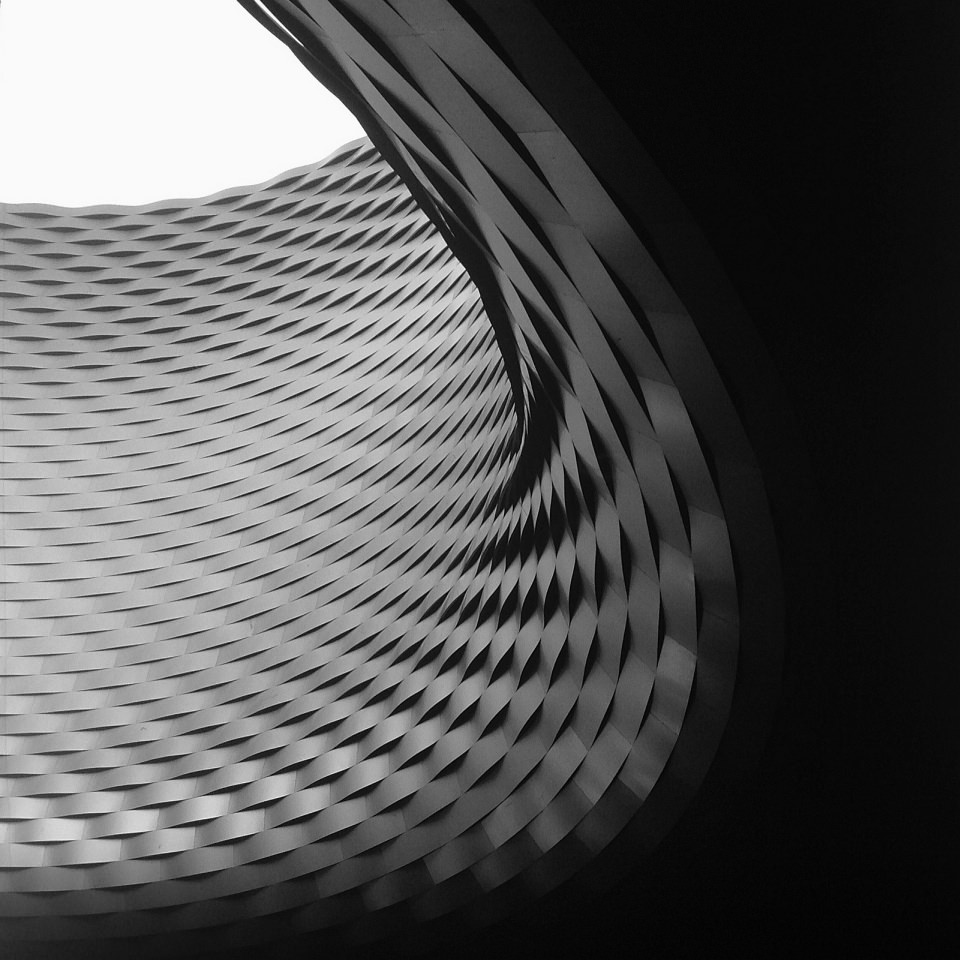
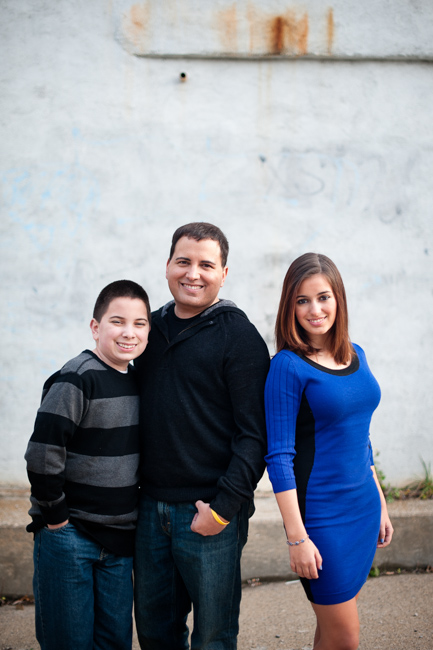
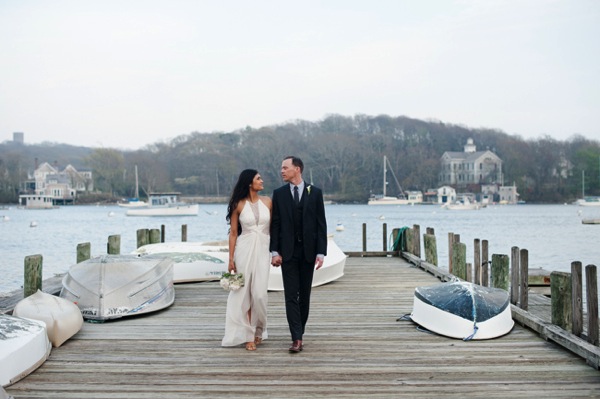
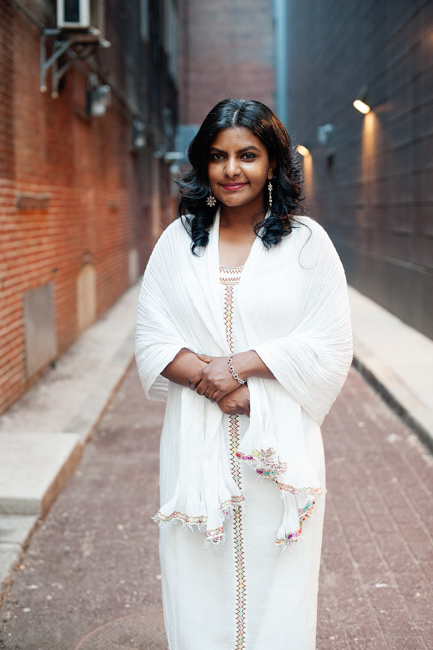

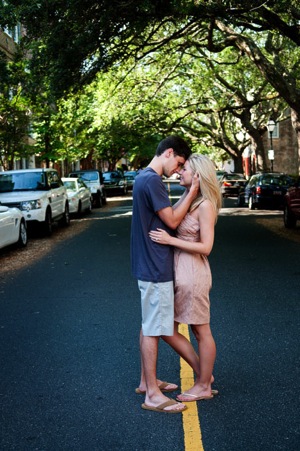
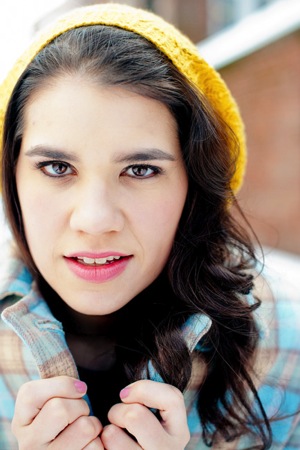
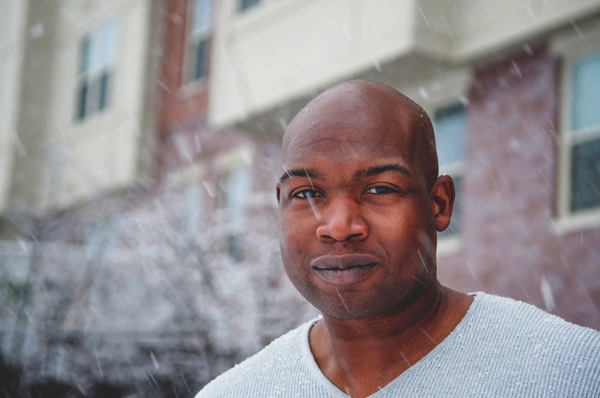
You must be logged in to post a comment.